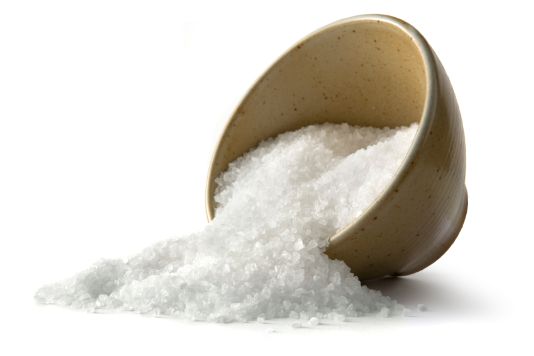Hazard Types
"A biological, chemical or physical agent in, or condition of, food with the potential to cause an adverse health effect"
"A condition or physical situation with a potential for an undesirable consequence"
Risk:
a situation involving exposure to danger
the possibility that something unpleasant will happen
is the chance, high or low, that any hazard will actually cause somebody harm.
Risk vs Hazard:
Hazard: something with the potential to cause harm.
Risk: the likelihood of occurrence and the magnitude of consequences of a specified hazard being realized
There are many hazards associated with food that can and do result in injury and harm to human health.
Millions of people worldwide suffer from some sort of "food poisoning" each year.
Uncontrolled application of agricultural chemicals, environmental contamination, use of unauthorized additives, microbiological hazards and other abuses of food along the food chain can all contribute to the potential of introducing or failing to reduce hazards related to food.
With increased awareness of the effects of food hazards on human health, the increasing importance and rapid growth of world food trade and the demand by consumers for a safe food supply, analysis of the risks associated with food has become more important than ever before.
Risk assessment is a quantitative evaluation of information on potential health hazards from exposure to various agents.
It involves four interrelated steps:
- Identification of the hazard and comprehension of the danger it represents, the impact in terms of human health and the circumstances under which the danger is present (hazard identification)
- Qualitative and/or quantitative evaluation of the adverse effects of the hazard on human health (hazard characterization)
- Qualitative and/or quantitative evaluation of the likely degree of consumption or intake of the hazardous agent (exposure assessment)
- Integration of the first three steps into an estimate of the likely adverse effect in the target population (risk characterization).
The entire risk assessment process requires the use of sound and scientifically derived information and the application of established scientific procedures carried out in a transparent manner.
Unfortunately, sound scientific data are not always available for the qualitative and quantitative evaluations necessary for an absolutely sure final decision; consequently a degree of uncertainty must be factored into the decision.
The importance of risk assessment lies not only in its capacity for estimating human risk, but also in its function as a framework for organizing data as well as for allocating responsibility for analysis.
The risk assessment process can include a variety of models for reaching conclusions; for example, the concept of acceptable daily intake (ADI) may be considered a component of risk assessment.











